PRODUCT DESCRIPTION
What is polymer grout, and how is it formulated?
Polymer grout is a mixture of polymer resin and cement that is specifically designed to have high strength and special granulation with sugar silica sand, providing excellent lubrication properties.
What is the maximum thickness for polymer grout?
The recommended thickness for polymer grout ranges from a minimum of approximately 25 mm to a maximum of around 80 mm.
How do you calculate the volume of grout?
Accurately calculating and estimating the required volume of grout is crucial. To simplify this process, Afzir Retrofitting Company has developed an online calculator tool that assists in determining the necessary amount of grout based on your project’s specific conditions.
purchase price information for polymer grout
The price of polymer grout with fibers (FCG™ code) is calculated per kilogram and can be purchased by weight or bag. Our experts are available to provide guidance on purchasing options and pricing for reinforced cement grout.
The difference between epoxy-based grout and polymer-based grout
- Chemical resistance: Epoxy-based grouts exhibit higher chemical resistance compared to polymer grouts.
- Load type: Epoxy grout is commonly used for plates subjected to dynamic loads, while polymer grout is more suitable for plates exposed to static loads.
- Tensile strength: Epoxy grouts have high tensile strength, making them effective for transferring tensile loads to the foundation. Polymer grouts, on the other hand, have lower tensile strength.
- Temperature limitations: Polymer grout can be applied at temperatures up to 200 degrees, while epoxy grout is suitable for use at lower temperatures, typically below 55 degrees.
- Overall efficiency: Epoxy grout is generally considered more efficient than polymer grout due to its higher compressive strength, which can be 50 to 100% greater
How to choose the right grout
The selection of grout depends on various project conditions. The following factors influence the choice of grout:
Ambient temperature:
Polymer grout can be used at temperatures up to 200 degrees, while epoxy grout should only be used below 55 degrees.
Type of load applied to the plate:
The load on the plate can be either static or dynamic. Static loads are applied continuously, whereas dynamic loads change over time, such as the load from a moving vehicle. The nature of the load applied to the plate plays a role in selecting the appropriate grout. Polymer grout performs well in areas with static loads, whereas epoxy grouts are more suitable for locations with dynamic loads due to their flexibility.
Features
- Exceptional Mechanical Strength
- Superior Stability and Chemical Resistance
- Enhanced Load Resistance Compared to Cement Grouts
- Easy Mixing and Application
- Excellent Flow in Confined Spaces and Thin Layers
- Non-Shrinkage During Hardening
- Effective Reinforcement Corrosion Prevention
- Primer-Free Application
Applications
- Using it as a repair grout to fill holes and cracks in concrete
- Grouting in limited spaces under the columns, under the base plates, equipment and industrial machines that have fixed and moving loads.
- Installation of transmission cables and crane base
- Installing screws and planting rebar and planting bolts in concrete
Packaging
- In 20-25 Kgs
Colour
- Dark grey (after mixing)
technical specifications
|
Physical state |
grey powder |
| Mixing ratio |
16-25% by weight |
|
Final setting time |
24 hours |
| Pot life |
20 min |
|
density |
2.2Kg/L |
|
compressive strength |
60MPa |
| tensile strength |
20MPa |
- Understand the properties: Gain knowledge of the unique properties of polymer-modified grout to optimize its application.
- Follow manufacturer guidelines: Adhere to specific guidelines the grout manufacturer provides for proper mixing, application, and curing.
- Conduct site preparation: Thoroughly prepare the application area for a clean and stable surface.
- Consider environmental factors: Consider ambient conditions that may affect the grout’s curing process.
- Test compatibility: Assess compatibility with other materials or systems before application.
- Monitor application consistency: Maintain uniformity throughout the project for consistent performance.
- Perform quality control inspections: Regularly inspect the grout application to identify any issues.
- Document and communicate: Keep comprehensive records and effectively communicate relevant information.
- Stay updated: Stay informed about advancements and industry best practices related to polymer-modified grout.
- Collaborate and seek expert advice: Foster collaboration and seek advice from colleagues and industry experts when needed.
- Grouting Recipe: Follow the recommended grouting recipe the manufacturer provides for optimal results.
- Minimum Execution Thickness: Ensure a minimum execution thickness of 25 mm for the grouting process.
- Maximum Execution Thickness: Maintain a maximum execution thickness of 100 mm to avoid potential issues.
- Gravity Grouting Method: When using the gravity grouting method, start with a minimum thickness of about 25 mm for a flow length of 300 mm. Increase the thickness by approximately 13 mm for every additional 300 mm of run length, up to a maximum of about 100 mm.
- Temperature Considerations: Avoid grouting at temperatures below 5 degrees Celsius. The recommended temperature for grouting is above 5 degrees Celsius to ensure proper curing and performance.
By following these recommendations, contractors can ensure accurate grouting execution and achieve the desired results in their projects.
Preparation of the Substrate:
- Ensure that the concrete surface is as clean, sound, and free from water and grease as possible. Remove any damaged concrete.
- Approved chemicals can be used to clean the concrete surface effectively.
Mixing:
- Open the bucket and remove the sheet. Pour the hardener (part B) into the resin bucket (part A).
- Stir the mixture with a spatula or hand mixer until it achieves a uniform color.
- It is also possible to use a low-speed mixer and a high-speed mixer, but ensure that excessive mixing does not introduce air bubbles, as it may impact the quality of the grout.
Grouting Implementation:
- Pour the mixed grout continuously from one side to eliminate air entrapment.
- Maintain a continuous flow of grout throughout the application process.
- Sufficient grout should be prepared and readily available before starting the grouting process.
- Pay attention to the pot life of the product while grouting to ensure proper application within the recommended timeframe.
- Avoid skin or eye contact. In case of contact, wash skin with soap and water. In case of contact with eyes, flush with water for 15 minutes.
- Before using cement grout, read all the precautions, specifications and properties listed on the product.
- Safety Precautions: Follow safety guidelines to avoid contact with the grout, including skin and eyes.
- Pre-Application Preparation: Before using the cement grout, read and understand all product instructions, precautions, and specifications.
- Proper Ventilation: Ensure adequate ventilation during grout application and consider using respiratory protection if necessary.
- Mixing: Follow the instructions recommended to achieve a consistent and well-blended grout mixture.
- Consistency Check: Regularly monitor the grout consistency to ensure it meets the desired specifications and adjusts as
- Application Techniques: Use suitable tools and techniques for applying the grout uniformly and evenly.
- Curing: Allow the grout to cure appropriately by following the manufacturer’s instructions and maintaining appropriate environmental conditions.
- Quality Inspections: Conduct regular inspections during and after the grout application to identify any potential defects or issues.
- Documentation: Keep thorough documentation of the grout application process, including mixing details, application methods, and any observations or findings.
- Post-Application Care: Follow recommended post-application care instructions to maintain the performance and durability of the grouted surfaces
technical documents
Photo Gallery
Technical documentation request


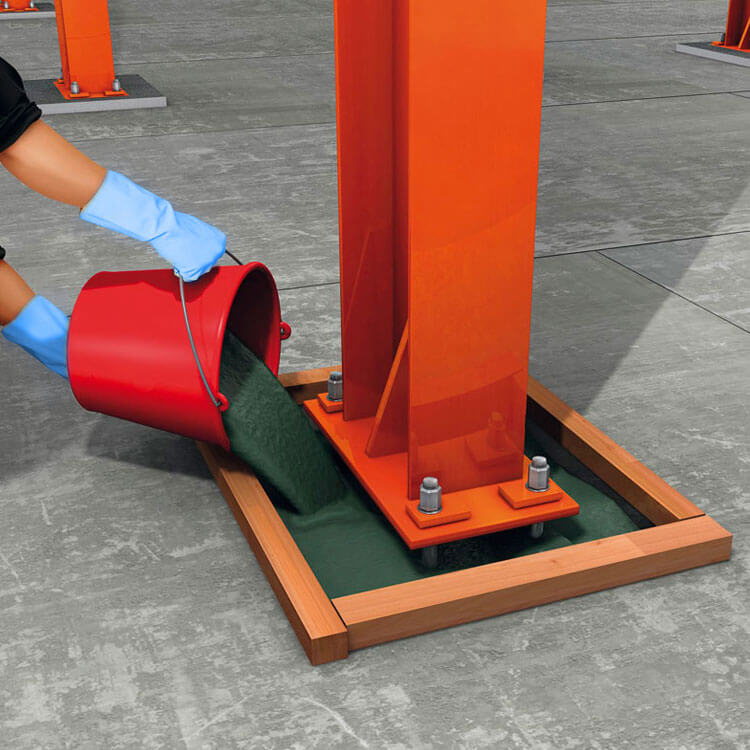
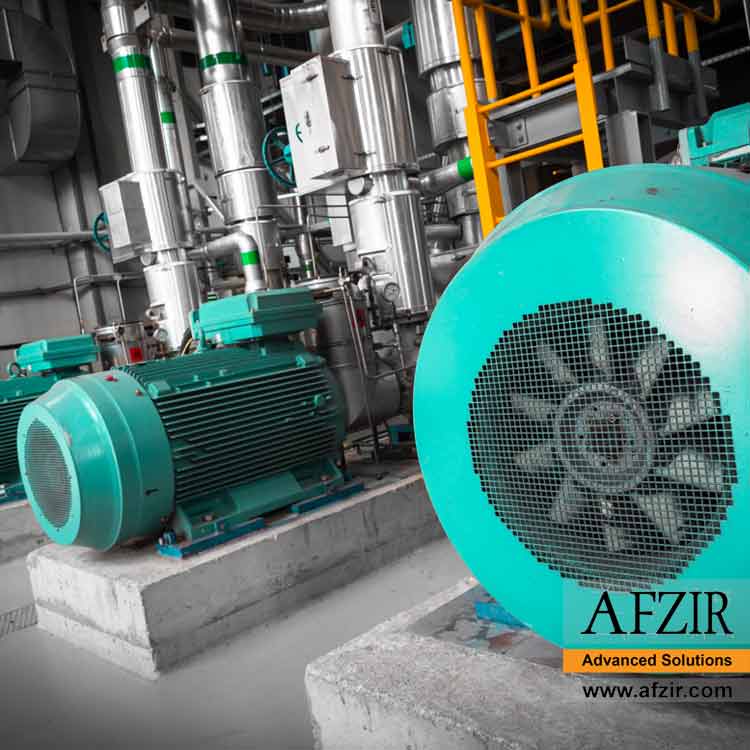
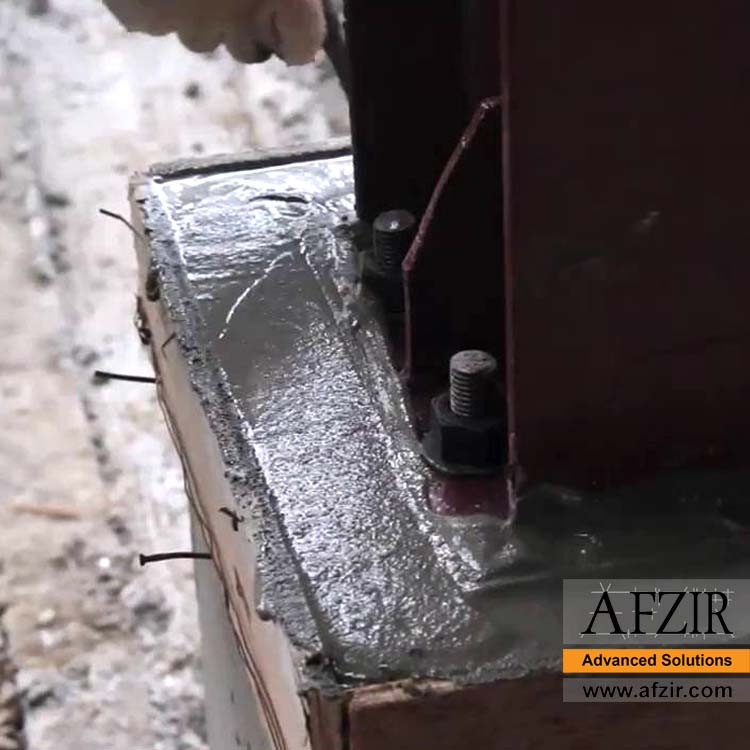

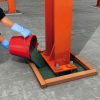

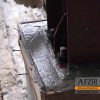

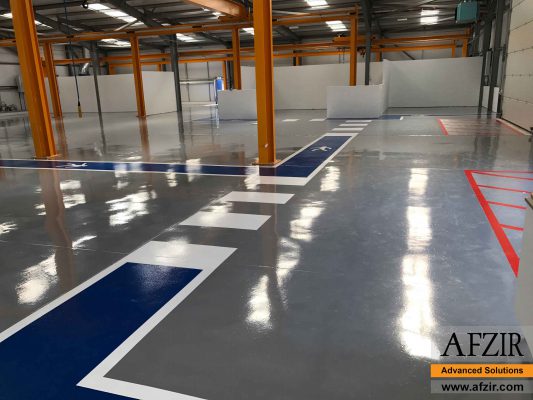
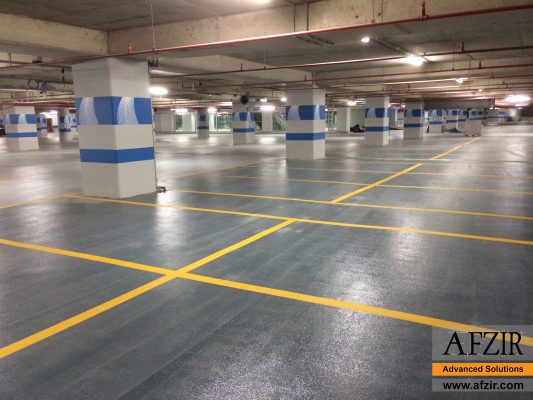







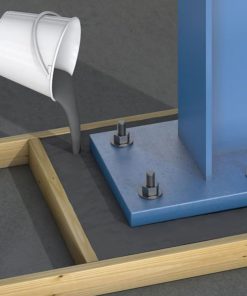



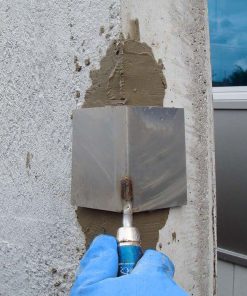


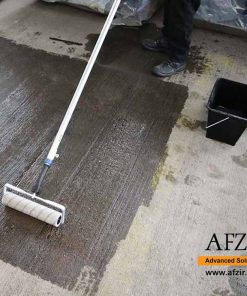
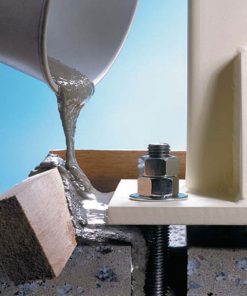
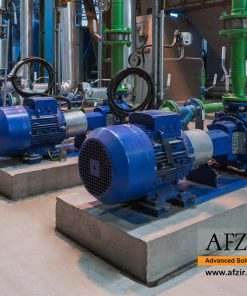
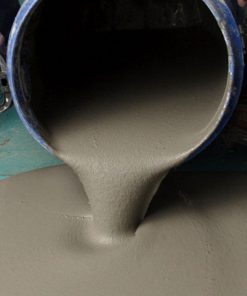
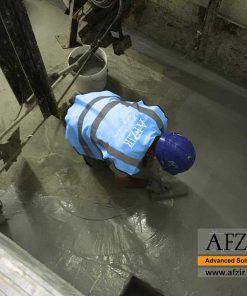
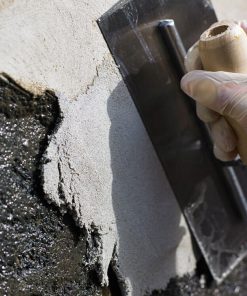





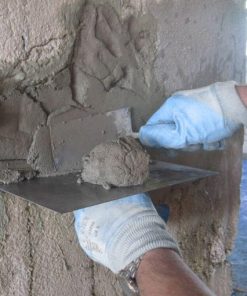

Be the first to review “Polymer Modified Grout”